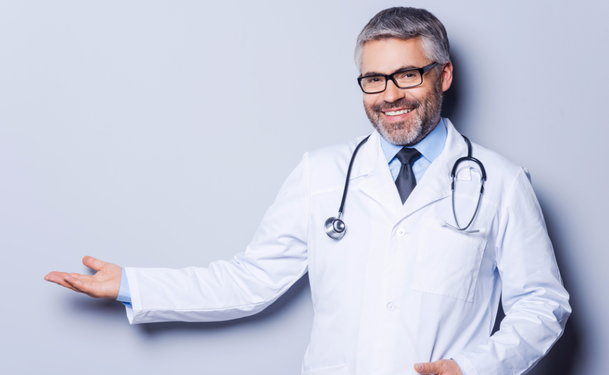It is estimated that more than 80 million Americans suffer from some form of venous disorder--the most common ones are varicose and spider veins. These veins, if left untreated, can pose serious health risks over time. Fortunately, new, state-of-the-art technology in vein care means that patients no longer have to check into a hospital. Doctors can perform laser treatments, sclerotherapy and other procedures in the privacy of their offices.
Despite these advents, be aware that advances in the vein industry have a lot of doctors claiming to be “vein specialists,” but here are five tips to help you choose wisely:
Be Board Certified in Vascular Surgery
Board-certified doctors are held to a higher standard, as they have established a certain level of expertise within their chosen field. For example, Long Island vein doctor Dr. Mark Schwartz at the North Shore Vein Center is a Board-Certified Vascular Surgeon, making him an expert in vascular surgery. To be specific, he specializes in treating arterial and venous disease.
RVT or RPVI Certified in Ultrasound Technology
The "Registered Physician in Vascular Interpretation or Registered Vascular Technologist" certification was developed for physicians who practice in a non-invasive vascular laboratory. This gives him/her the skills and knowledge to perform a vascular ultrasound to diagnose vein disease, and accurately interpret the test results to determine the most optimal treatment protocol.
This ultrasound credential from the American Registry for Diagnostic Medical Sonography (ARDMS) is considered the global standard.
Board-Certified in Phlebology
A medical specialist in the diagnosis and treatment of venous diseases issued through the American Board of Phlebology (now known as ABVLM). A significant part of a phlebologist's work is involves treating spider and varicose veins in the legs.
Outpatient Vein Procedures
The need to perform vein procedures in the operating room is obsolete. All procedures are now done in-office with local anesthesia and minimal downtime. No hospitalization needed, no vein stripping.
Uses State-of-the-Art Vein Treatment
The CoolTouch Laser Technology is used to perform an endovenous laser therapy (EVLT) treatment on varicose veins. The doctor inserts a laser fiber into the vein through a small incision. Once the laser is turned on, the inside of the vein is heated and sealed shut. The 1320nm wavelength requires less heat to close the vein than diode lasers, which have an 810, 940 or 980 wavelength.
This is why it is the most comfortable laser treatment available. There will be a rapid relief of symptoms, no downtime, less bruising than traditional laser treatment, minimal, if any, scarring and the best thing is that the procedure can typically be performed in only 45 minutes.
Aside from lasers, physicians should also use other up-to-date procedures. Radiofrequency ablation, which is similar to EVLT, uses a catheter and employs radio wave energy instead instead of light to close problematic veins. Sclerotherapy involves injecting a chemical directly into varicose veins where undergoes fibrosis and eventually disappears. The blood flow reroutes itself to nearby healthier veins.
Use these five tips to find the right vein specialist for your varicose and spider vein treatment.
Reviewed on February 9, 2017


